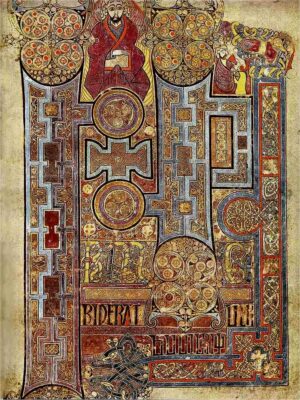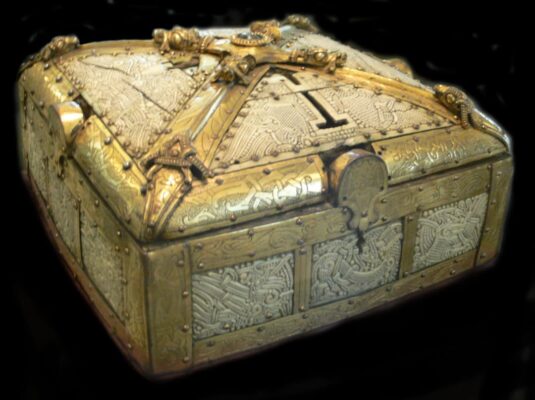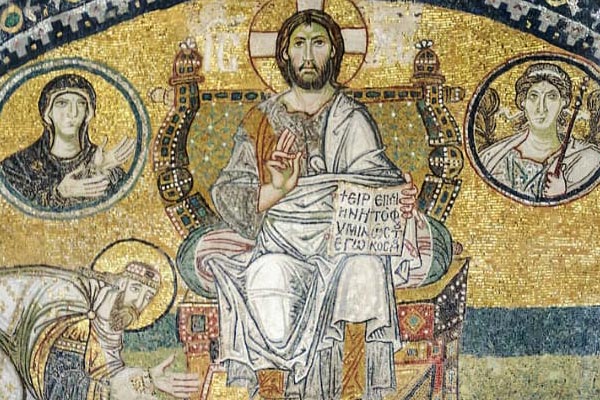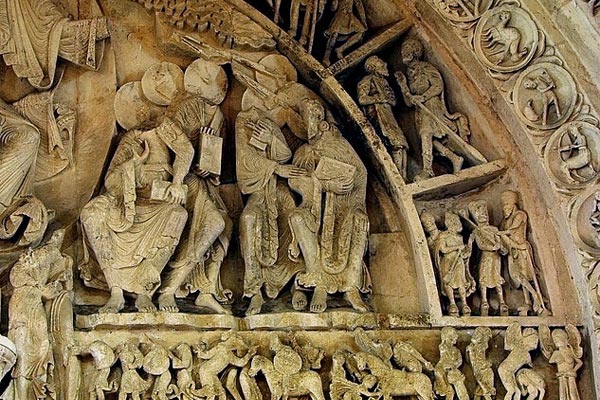The Migration Period and Viking Art
The exquisite art of the fierce “barbarians”.
“They [the Vikings] may have been ferocious warriors but they were also skilled artisans whose achievements in wood, metal and stonework stand comparison with the best today”
Jim Gritton: “Viking Age Art Styles: Keys to the Past”, 2017
Images: Insular art: Book of Kells, Folio 292r (c.800 AD) ·· Viking art: Cunegunda chest, Bamberg. Scandinavia, c.1000 AD. Bamberg Cathedral.
In central and northern Europe, after the fall of the Roman Empire and the arrival of Christianity, the artistic style of the Celts, with its characteristic decoration of intricate spirals, trisqueles and other geometric forms, appears in the earliest Christian artworks in the British Isles, in what is known as Hiberno-Saxon Art (often called Insular Art and developed between about the 5th and 11th centuries AD), of which the most notable examples are illuminated manuscripts, such as the Lindisfarne Gospel (7th or 8th century) or the famous Book of Kells (9th century). However, magnificent metalwork has also survived, such as the 8th century Ardagh Chalice (Dubin, National Museum of Ireland).
Germanic Art coincides in its time frame with Insular Art, which is why both are sometimes referred to as Migration Period art. Celtic and Roman elements can be observed in Germanic art, as well as others features originating from the “barbarian peoples” (as they were called by the Romans), such as the Goths, whose art (e.g. fibulae) incorporated elements from other invading tribes, such as the Huns. Indeed, the invasion of the Huns can be seen as “the catalyst for the westward movement of the Goths that marked the beginning of the Migration Period” (Katharine Reynolds Brown: “Migration Art, A.D. 300-800”, 1995).
Viking Art developed mainly in Scandinavia between the 8th and 11th centuries A.D. Some of its formal characteristics are similar to those of Celtic and Germanic art, such as the use of spirals, interlacing and other abstract geometric forms. However it should be noted that very few works made in organic materials have come down to us. Among them is the Oseberg Ship, built of oak, whose decorative elements, especially on its bow and stern, are often considered the earliest examples of purely Viking art.
G. Fernández · theartwolf.com
Follow us on:




